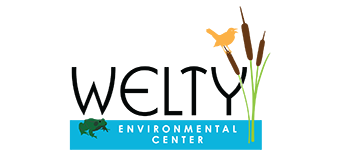Admitting, “I don’t know what that is.”
I continue to learn over and over again that there is value in admitting, “I don’t know what that is.” During a field trip on Forest Ecology, we came across a large mound of sand and dirt. This mound is an obstacle in the Dirty Dash, an annual mud run at Big Hill Park for families in late August. The mound was crawling with dark beetles with large abdomens.
I tried to steer the kids away from the obstacle, seeing the beetles. But who can keep kids away from a climbing mountain? Really, no one can. So they bound their way up the mountain and back down over and over with big smiles of “I can do it.” It wasn’t long before one of the kids picked up one of the large beetles and brought it to me.
She asked, “What’s this?”

Field trip students found an intriguing black bug on a Dirty Dash hill, so Mr. Aaron did some research and found out it was a dangerous blister beetle!
I learned that admitting that I did not know something…
One of the parents told me the name they knew it as escarabajo ampolla and said that the kids shouldn’t touch them. That they have bunches of them in Mexico, and they can cause your skin to itch. Sure enough, when I had the chance to use iNaturalist, the answer came back as an Oil Beetle, a type of blister beetle.
…opens the space for others to insert their own experience and knowledge.
So, I learned something new. I now know that these beetles should be avoided and not handled, especially by children. I also learned that admitting that I did not know something opens the space for others to insert their own experience and knowledge. We can learn from each other, and I don’t have to always be the expert. It is also nice to know that there are tools like iNaturalist to assist with identification. And lastly, it also reinforces for me that we do not touch things that we are unsure about while on our school nature adventures.
*If you are interested in joining Welty’s iNaturalist project Beloit’s Big Back Yard, download the iNaturalist app on your phone or tablet and start uploading your pictures.*
 Aaron Wilson
Aaron Wilson
Program Director, WEC
info@weltycenter.org
608-361-1377






